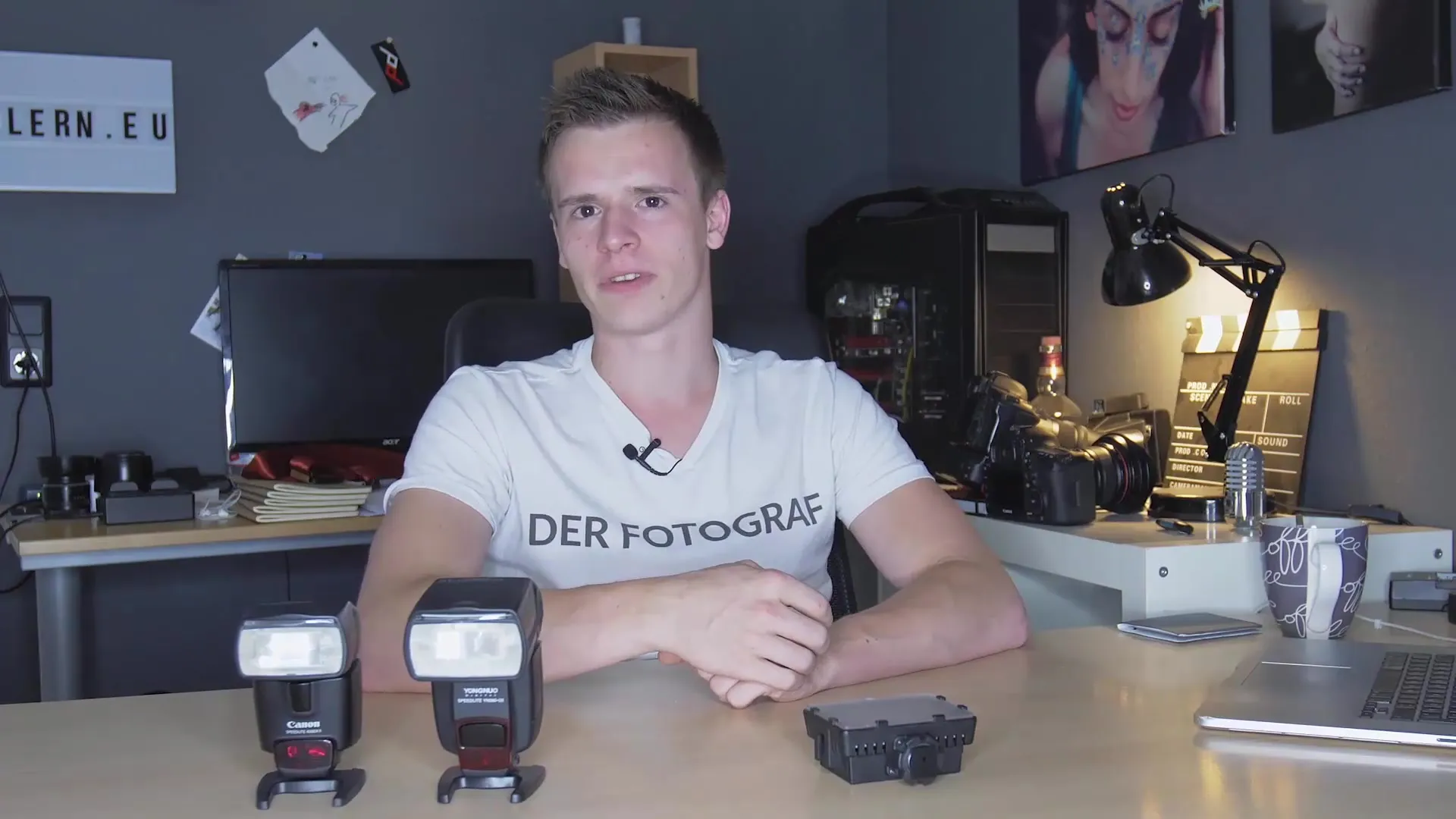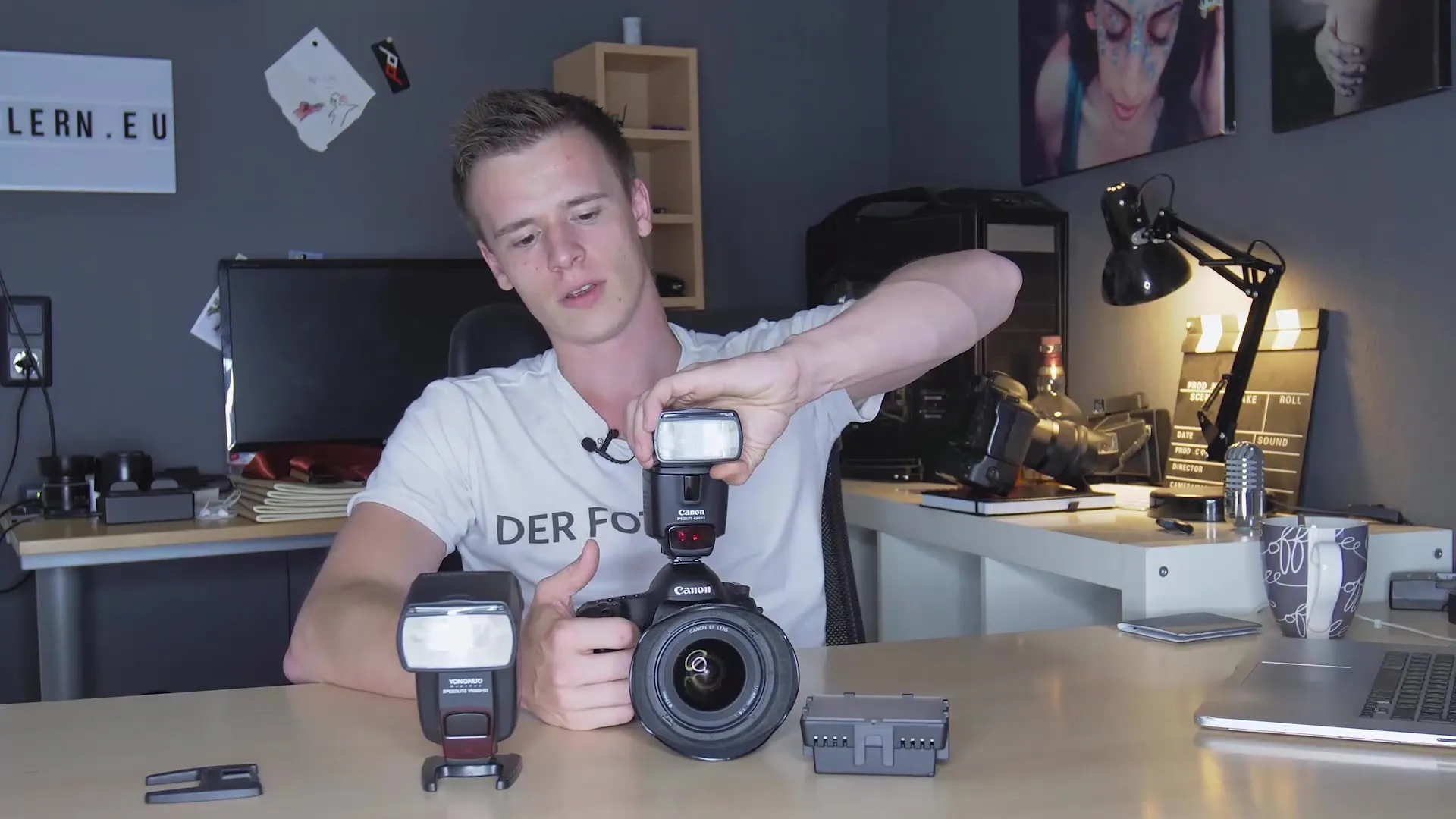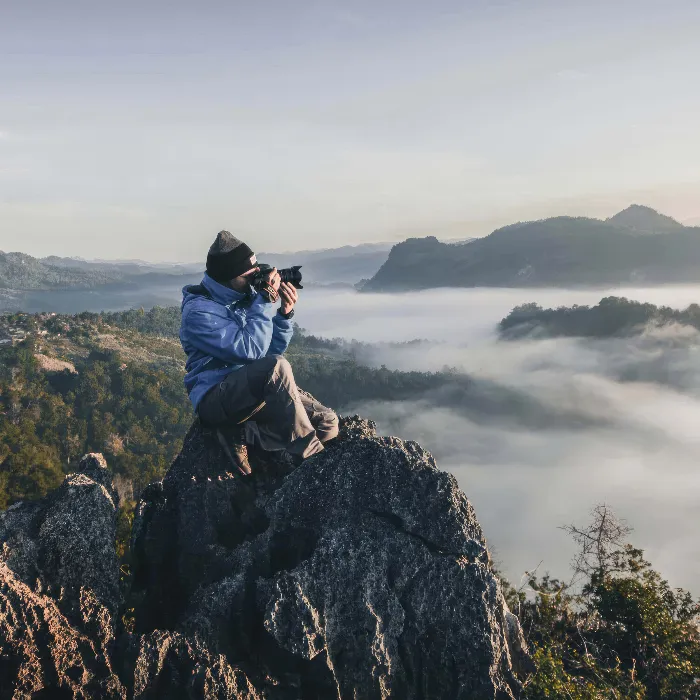If you want to be flexible in photography, understanding artificial light is essential. Artificial light includes all light sources that do not originate from the sun. This includes both flashes and lamps that you can use for creative subjects. In this guide, you'll learn how to use flashes effectively and take advantage of artificial light in your shots.
Key Takeaways Artificial light gives you the freedom to shape your photography regardless of the lighting conditions. Superior handling of flashes, recognizing different operating modes, and using light modifiers are key factors for impressive results.
Step-by-Step Guide
1. Understand the Basics of Artificial Light
Artificial light can be defined as light that does not directly come from the sun or is reflected by it. This means that almost everything other than natural sunlight can be considered artificial. To utilize artificial light, you need electricity – either from an outlet or batteries.

2. Position the Light Source
The correct use of light is crucial. Instead of shining the light directly in the face, you should try to use the light indirectly. This creates natural contrast and makes your images appear more vibrant. You can position the light from the side or slightly above, similar to how the sun does.
3. Remote Control of Flashes
Nowadays, there are several ways to remotely control flashes. You can use wireless, cable, or optical cell triggers. The latter react to a flash and trigger your own flash. This technology allows you to work creatively, regardless of the position of your flash.
4. The Operating Modes of a Flash
Cameras and flashes offer different operating modes. A common mode is TTL (Through The Lens). In this mode, the flash automatically works with the camera by sending a pre-flash and making the correct adjustments. This allows you to ensure that the exposure is simple and accurate.
5. Challenges with TTL Mode
Keep in mind that TTL does not always work reliably when multiple flashes are used or when the flash is not mounted on the camera. This means that if you place the flash in a different location, the measurements based on the autofocus distance may not be correct.
6. Mount Flash on the Camera
To achieve the desired effect nonetheless, you can mount the flash onto your camera and tilt the head so that the light reflects off the ceiling or a wall. Make sure you have an appropriate reflector to distribute the light well.

7. Use Flash Exposure Compensation
With flash exposure compensation, you can adjust the power of the flash to control the brightness of the image. You can increase or decrease brightness depending on the conditions and your ideas.
8. Manual Flash Control
In addition to TTL mode, there is also the option to fire manually. Here, you can set the flash power according to your needs – from full to minimized power. With lower settings, you can allow faster continuous shooting.
9. Create Soft Light
To avoid harsh light produced by small light sources, you can use light modifiers. These modify the light to make it softer and produce less shadow. A common technique is to use diffusers that can be placed directly on the flash.
10. Choose the Right Time for the Flash
Use the flash only when it is truly necessary. Often, photographers are seen using flash during daylight, which can negatively affect image quality. Use artificial light strategically, for example, in dark environments or at events with fast movements and low light.
Summary – Artificial Light in Photography: How to Use Flashes Correctly
In this guide, you have learned the key aspects of artificial light and flash photography. You now know how to effectively place, remotely control, and adjust flashes to create impressive images in various lighting conditions. Experiment with the different techniques and have fun photographing.
Frequently Asked Questions
How do I use flashes effectively?Use indirect light and experiment with different positions and reflectors.
What does TTL mean in relation to flashes?TTL stands for “Through The Lens” and allows for automatic adjustments of the flash to the camera settings.
How can I control flashes remotely?By using wireless or wired triggers, you can operate flashes from a distance.
Are flash attachments useful?Yes, they help to diffuse the light and create a softer, more pleasant light.
When should I use the flash?Use the flash when necessary, such as in low light or for fast movements.


